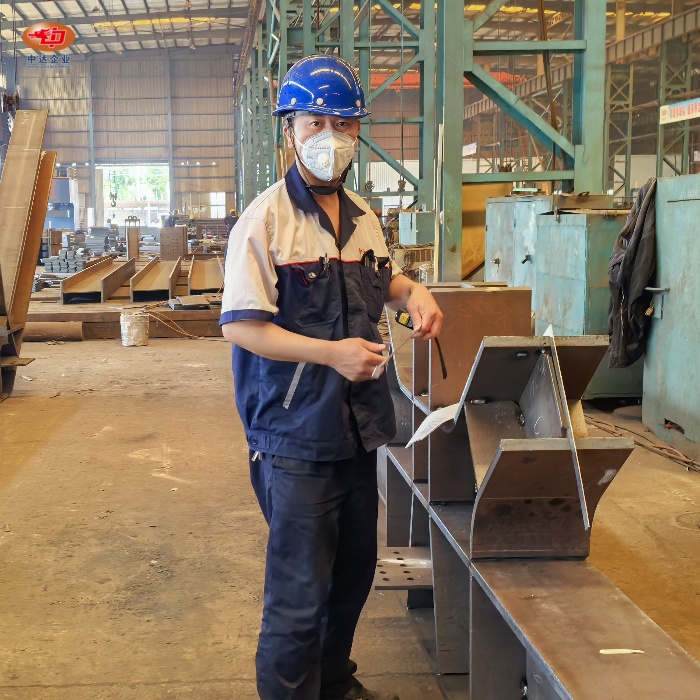
Design Principles for Steel Platform Beams in Construction
Steel platform beams are crucial components in modern construction, providing strength, durability, and versatility for various industrial and commercial applications. When designing these structures, engineers must consider factors such as load-bearing capacity, material selection, and environmental conditions. This article explores key design principles for steel platform beams, ensuring optimal performance and longevity in construction projects.
Material Selection and Structural Considerations
Choosing the Right Steel Grade
Selecting the proper steel grade is a critical step in ensuring the strength and durability of platform beams. Q345B hot-rolled H-shaped steel is particularly well-suited for this purpose, offering an optimal combination of high yield strength and ductility. This steel grade allows for efficient fabrication, welding, and on-site adjustments while maintaining excellent mechanical performance. Its versatility makes it appropriate for a wide range of construction and industrial applications, providing engineers and designers with confidence that the beams will perform reliably under varying loads and environmental conditions.
Dimensioning for Optimal Performance
Accurate dimensioning is essential to maximize the performance of steel platform beams. Column sections generally range from 200×200mm to 400×400mm, allowing engineers to tailor the beam dimensions to meet specific load demands and structural requirements. Beam spans can reach up to 12 meters, providing considerable flexibility for diverse layouts and building configurations. Correctly dimensioned beams not only ensure structural integrity but also optimize material use, helping balance cost, weight, and load-bearing capacity in industrial, commercial, and logistical projects.
Load-Bearing Capacity Analysis
Evaluating the load-bearing capacity of steel platform beams is fundamental for safe and efficient design. Engineers must consider both static and dynamic loads, accounting for uniform load capacities often starting at ≥5 kN/m² for typical industrial applications. Detailed calculations ensure that beams can withstand applied forces without excessive deflection or structural compromise. This process involves assessing material properties, beam dimensions, support conditions, and environmental factors. Accurate load analysis guarantees that each steel platform beam provides reliable performance and longevity in its intended application, minimizing risk and maintenance requirements.
Fabrication and Assembly Techniques
Precision Manufacturing Processes
Producing high-quality steel platform beams demands meticulous precision during every stage of fabrication. Advanced manufacturing methods, such as CNC ultra-thick plate cutting, ensure beams meet exact dimensional requirements while maintaining clean and accurate edges. Automated welding lines standardize joint quality, reducing inconsistencies and enhancing structural strength. Combined with strict adherence to design specifications, these processes minimize material waste, improve repeatability, and ensure each beam meets performance criteria, providing a robust foundation for industrial, commercial, and logistical applications.

Bolted Connections for Flexibility
Integrating bolted connections into steel platform beam designs offers significant advantages in flexibility and adaptability. These connections allow for simplified on-site handling, faster assembly, and straightforward disassembly or modifications when project requirements change. For warehouse expansions or logistics platform adjustments, bolted designs reduce downtime and labor costs, ensuring a scalable solution. Additionally, bolted systems facilitate future upgrades or repairs without compromising structural integrity, extending the functional lifespan of the steel platform beams and enhancing overall project efficiency.
Quality Control Measures
Maintaining consistent quality throughout the fabrication process is critical for steel platform beams’ reliability and safety. Rigorous quality control protocols, including material certification, dimensional verification, and weld inspections, ensure compliance with engineering standards. ISO 9001 certification provides an added layer of assurance, while detailed load calculation reports validate the beams’ structural capacity. Continuous monitoring of fabrication procedures and adherence to these quality measures guarantee that each platform beam delivers optimal performance, longevity, and safety in demanding industrial and commercial applications.
Durability and Environmental Considerations
Corrosion Protection Strategies
Ensuring the long-term durability of steel platform beams requires robust protection against corrosion, which can compromise both structural integrity and safety. Hot-dip galvanizing with a zinc layer of ≥120μm offers an effective barrier, providing resistance to rust and weathering for up to 31 years. In more aggressive or coastal environments, alternative coatings such as fluorocarbon layers can be applied, offering enhanced resistance to UV radiation, chemical exposure, and abrasive wear, thus extending the lifespan of the beams and reducing long-term maintenance costs.

Climate Adaptability
Steel platform beams must be designed with site-specific climate conditions in mind to maintain their performance and structural integrity. Factors such as extreme temperature variations, high humidity, salt-laden air, and other corrosive environmental influences can affect both steel and protective coatings. By carefully selecting materials with appropriate thermal and moisture resistance, applying protective treatments, and considering local weather patterns during design, the beams can withstand environmental stressors while ensuring consistent performance over decades in diverse geographic locations.
Sustainability and Lifecycle Assessment
Modern construction increasingly demands sustainability considerations in steel platform beam design. Evaluating the environmental footprint of material production, transportation, and end-of-life disposal is essential. Utilizing durable, recyclable steel and designing beams for disassembly or modular reuse minimizes resource consumption and waste. By adopting these lifecycle-focused strategies, designers and engineers can reduce the overall environmental impact of steel structures while maintaining cost-effectiveness, longevity, and performance, aligning projects with global sustainability standards and corporate social responsibility goals.
Conclusion
Effective design of steel platform beams requires a comprehensive approach, balancing structural performance, fabrication efficiency, and long-term durability. By adhering to these design principles, engineers and construction professionals can create robust, versatile, and sustainable steel structures that meet the demands of modern industrial and commercial applications. As the construction industry continues to evolve, innovative design approaches and advanced materials will further enhance the capabilities of steel platform beams.
FAQs
What is the typical load-bearing capacity of steel platform beams?
Steel platform beams are often designed to support a uniform load of ≥5 kN/m², but specific capacities can vary based on project requirements.
How long can steel platform beams span?
Beam spans can extend up to 12 meters, offering flexibility for various structural layouts.
What corrosion protection methods are recommended for steel platform beams?
Hot-dip galvanizing with a zinc layer ≥120μm is effective, providing up to 31 years of weather resistance. Fluorocarbon coatings are an alternative for more demanding environments.
Why Choose Zhongda Steel for Your Steel Platform Beam Needs?
Shenyang Zhongda Steel Structure Engineering Co., Ltd. excels in manufacturing high-quality Q345B steel platform beams. With ISO 9001 certification, advanced CNC technology, and a 50,000-ton annual capacity, we deliver precision-engineered beams tailored to your specifications. Our expertise in hot-dip galvanizing and custom solutions ensures durable, efficient structures for global clients. Contact us at Ava@zd-steels.com for unparalleled steel platform beam solutions from our state-of-the-art factory.
References
Smith, J. (2021). Structural Steel Design: Principles and Practice. Engineering Press.
Johnson, R. (2020). Corrosion Protection for Steel Structures in Industrial Environments. Materials Science Journal.
Chen, L. et al. (2019). Advances in Steel Platform Design for Multi-Level Industrial Applications. Construction Engineering Review.
Brown, M. (2022). Sustainability in Steel Construction: Life Cycle Analysis and Best Practices. Green Building Quarterly.
Taylor, K. (2021). Quality Control Methods in Steel Fabrication: Ensuring Structural Integrity. Industrial Manufacturing Today.
Wilson, P. (2020). Load-Bearing Capacity Calculation Methods for Steel Platform Beams. Structural Engineering Handbook.
YOU MAY LIKE










_1746242570299.webp)

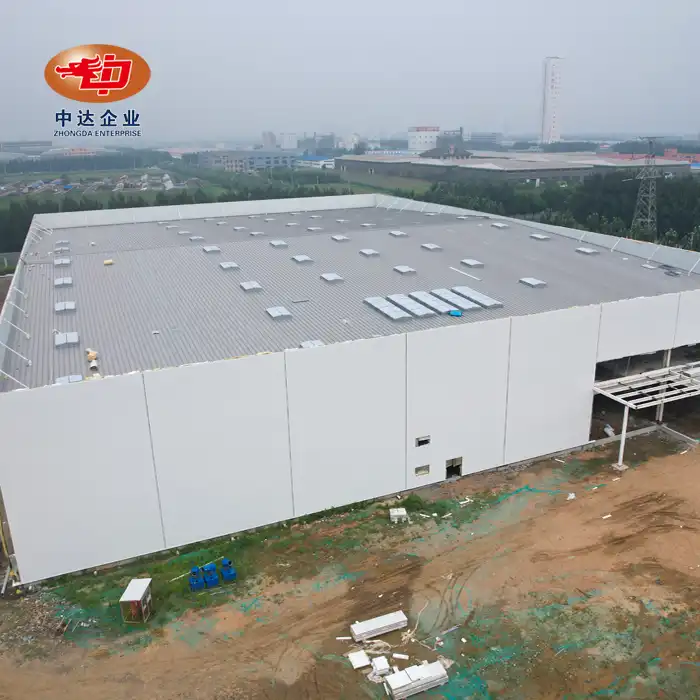
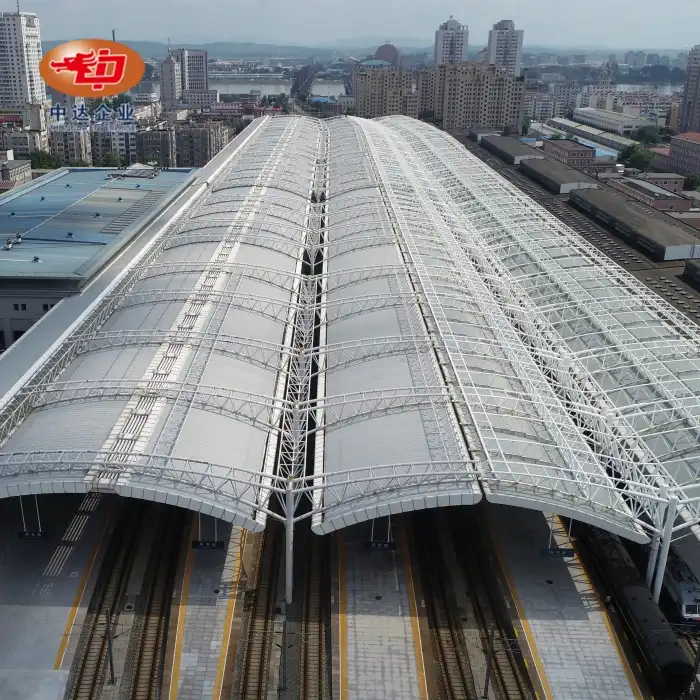
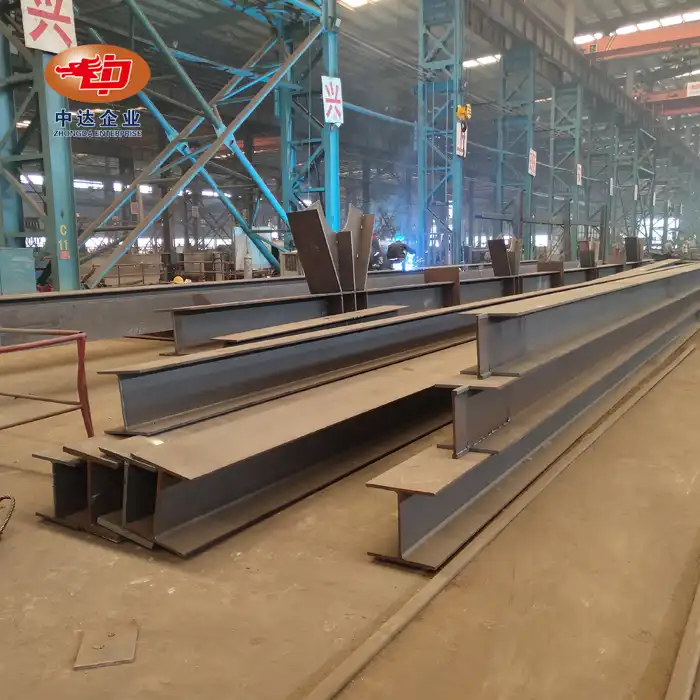
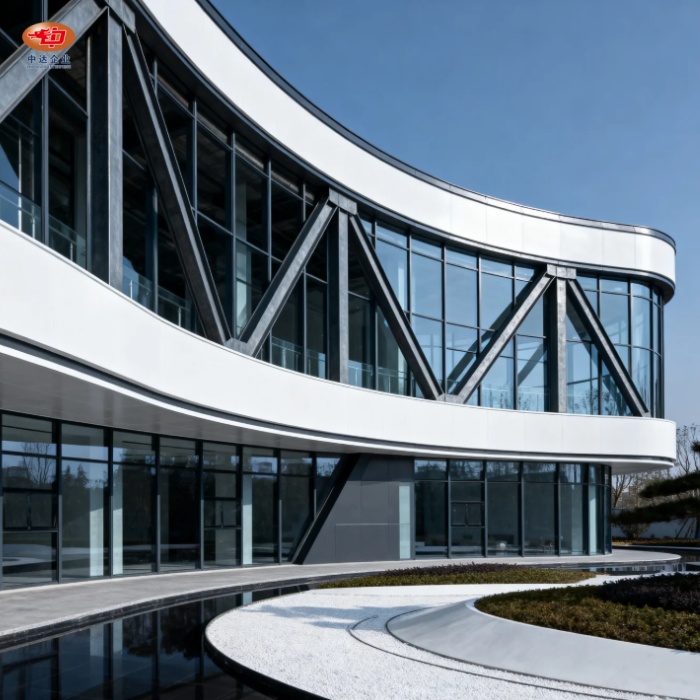
_副本_1755575879773.jpg)
